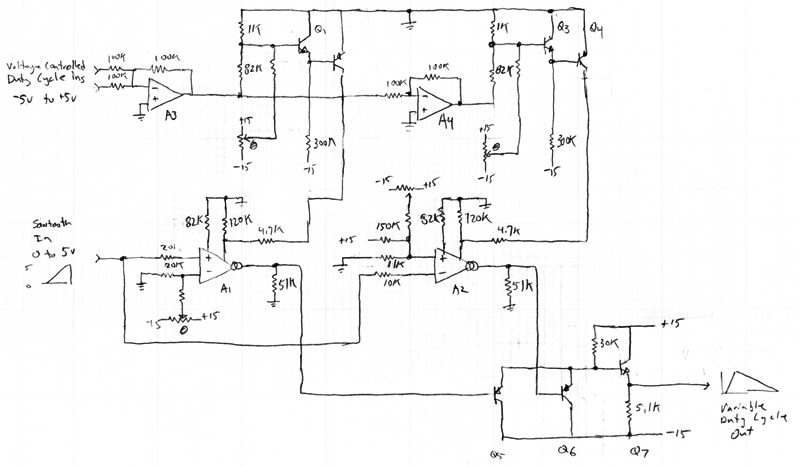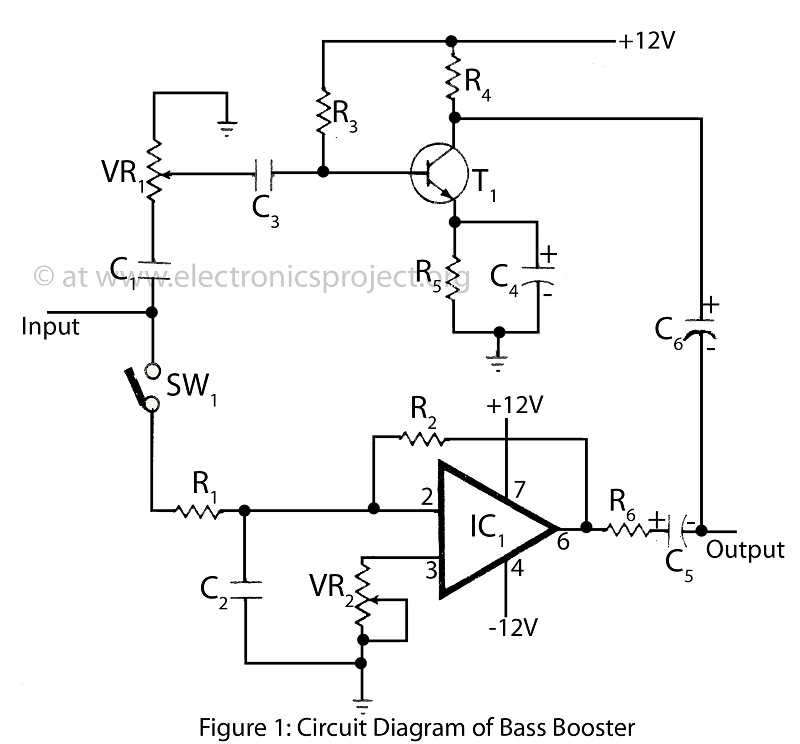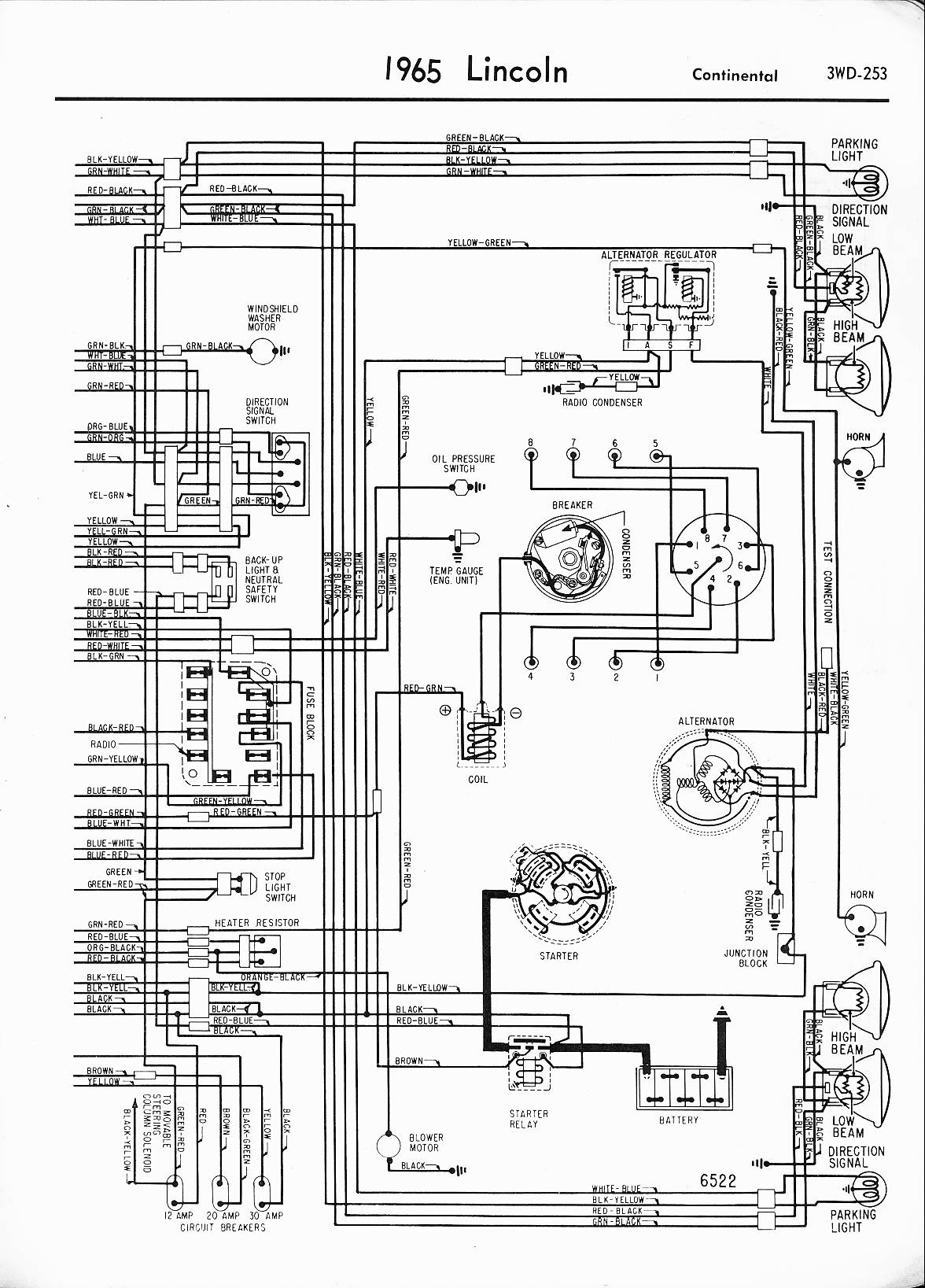
interleaving good boost converters too

The multiphase approach has long been utilized to enhance efficiency, minimize ripple, and reduce the size of capacitors and inductors in buck converters. This method can also offer similar advantages for boost converters.
The multiphase technique involves the use of multiple phases in power conversion circuits, which allows for the distribution of current across several inductors and capacitors. This distribution leads to a reduction in the overall ripple voltage, as the output current is smoothed out over the multiple phases. In a typical multiphase boost converter, each phase operates in a synchronized manner, sharing the load equally, which results in lower stress on individual components and improved thermal performance.
By employing a multiphase topology, the size of passive components can be significantly reduced. Smaller inductors and capacitors can be used without compromising performance, as the effective current handling capability increases with the number of phases. This reduction in component size not only saves board space but also enhances the overall reliability of the circuit.
Furthermore, the multiphase approach can improve transient response. When there is a sudden change in load, the multiple phases can respond more quickly than a single-phase converter, ensuring stable output voltage and current. This characteristic is particularly beneficial in applications where load conditions fluctuate rapidly.
In summary, the multiphase approach is a valuable strategy in the design of boost converters, providing enhanced efficiency, reduced ripple, and smaller component sizes, while also improving transient response and overall circuit performance.Long used to improve efficiency, reduce ripple, and shrink capacitor and inductor size in buck converters, the multiphase approach can provide the same benefits for boost converters.. 🔗 External reference
The multiphase technique involves the use of multiple phases in power conversion circuits, which allows for the distribution of current across several inductors and capacitors. This distribution leads to a reduction in the overall ripple voltage, as the output current is smoothed out over the multiple phases. In a typical multiphase boost converter, each phase operates in a synchronized manner, sharing the load equally, which results in lower stress on individual components and improved thermal performance.
By employing a multiphase topology, the size of passive components can be significantly reduced. Smaller inductors and capacitors can be used without compromising performance, as the effective current handling capability increases with the number of phases. This reduction in component size not only saves board space but also enhances the overall reliability of the circuit.
Furthermore, the multiphase approach can improve transient response. When there is a sudden change in load, the multiple phases can respond more quickly than a single-phase converter, ensuring stable output voltage and current. This characteristic is particularly beneficial in applications where load conditions fluctuate rapidly.
In summary, the multiphase approach is a valuable strategy in the design of boost converters, providing enhanced efficiency, reduced ripple, and smaller component sizes, while also improving transient response and overall circuit performance.Long used to improve efficiency, reduce ripple, and shrink capacitor and inductor size in buck converters, the multiphase approach can provide the same benefits for boost converters.. 🔗 External reference





